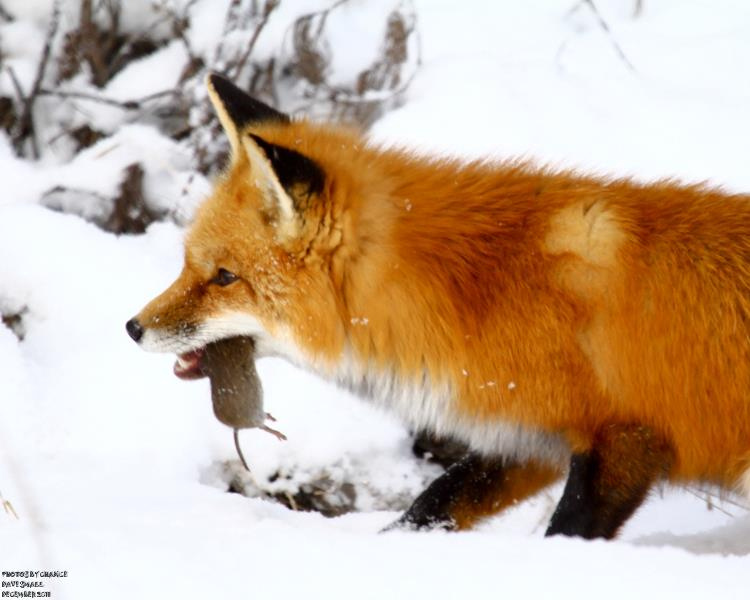Red Foxes Help Out Burlington Farmers

The red fox is sitting upright on a mound of dirt above the opening to her den in the Burlington Intervale. Her young kits tumble and play in the dirt below her. Nothing in these farm fields is as tawny and black as the fox. She stands out even as she tries to blend in. My kids whisper excitedly about the fox kits, “They’re so adorable.” The fox kits’ cuteness is off the charts. We are hidden behind a row of trees, but there is no question that we are not blending in either. Written in the fox’s alert posture and her unwavering gaze in our direction is the fact that she knows that we are here.

We shouldn’t be surprised by this encounter. Foxes have been abundant in the Intervale for over a century. Although native in other parts of North America, legend has it that red foxes were introduced to New England by European settlers for fox hunting because the native gray foxes were too good at evading the hounds. Early settlers raised crops alongside red foxes, just as the Intervale farmers do today. The relationship is mutually beneficial. The corn, greens, and other crops attract the small mammals that foxes like to eat. The farmers want these meadow voles and field mice eaten. A farmer’s pest is a fox’s lunch.

“We notice that with higher fox populations, we do see fewer voles and mice. This seems particularly notable in and around our winter greenhouses, where our tender, hardy greens are an unbelievable temptation for voles. We’ve also been helped by fox in our sweet potatoes, also a fan favorite food for voles,” says Intervale Community Farmer, Andy Jones. “We love watching the foxes lope across the fields, seeing them pounce on voles tunneling below the grass and snow, and seeing the tiny fur balls of young kits tumbling and playing.”

The day of our fox viewing, it’s early May in Burlington and foxes are on the hunt for mice and voles. Farmers have seen the adults crisscrossing the fields and returning to their dens with their loot, the lucky ones with several mouse tails dangling from their mouths. This has been going on day in and day out for decades. But the ordinariness of our fox encounter in the context of history doesn’t dim the magic of it.
If Burlington were to pick a totem animal for the city, a red fox would be a fine choice. Red foxes are strikingly handsome – real dandies of the animal world. Even before it was a city, the site where Burlington now sits was tailor-made for red foxes with its sandy soils and a wild river. Places to dig dens and wild places to hunt. Burlington fits red foxes like a kid leather glove. Today people see red foxes, or more often their tracks, in every corner of the city. And alert foxes with their keen ears and sense of smell no doubt see people more often. From the way they get around town, you would think that they own the place.
If you like to know what foxes are up to, you can learn to tell the fox tracks from another animal’s tracks with a little practice. Dog-family Canids, like foxes, make tracks that show four toe prints and often claw marks. You can draw an X in the negative space between the pads. You can get familiar with fox track patterns by looking at the tracks of a dog. But the way these two animals move across the landscape is a study in contrast. Dogs are well-fed amateurs loose footing it through in the great outdoors, waggling from place to place leaving a sloppy trail. Foxes are professionals. They often go about their hunting in a straight line sometimes pivoting on a dime when they catch a scent. There is neat economy about how foxes move and in the trails that they leave behind.
Burlington, like the rest of Vermont, has two kinds of foxes: red and gray. Red foxes have bigger feet than gray foxes and they have a bar across the heel in their pads that shows up in their tracks. Trackers will also tell you that red fox feet are furrier. You can tell that from a fox track in the mud and also from a fox foot, if you have access to one. The importance of telling red fox from gray fox tracks may seem like an academic tracking question. But they are quite different animals.
“Red foxes are friendlier toward people and frequent open areas. They are more of an agricultural animal. Gray foxes are generally forest animals and good climbers. They seem to overlap more with coyotes and that may be because they are better at evading them. You will see gray foxes on roof tops and in apple trees,” says Sophie Mazowita, founder of The Burlington Mammal Tracking Project.
Lauren Chicote, Winooski Valley Park District Programs Director, suggests a way to keep the Intervale good habitat for wildlife, including red foxes, “Keeping dogs on-leash ensures everyone’s safety and enjoyment – including other park users and their dogs, and especially wildlife. Off leash dogs can easily harass, injure, or even kill wildlife.”
At the moment, the red fox that my daughters and I are watching doesn’t seem to be greatly bothered by our presence. Driven by hunger, the fox and I have unwittingly met in the same farm field. I am here with my daughters to pick up my farm share and the fox is here to hunt meadow voles for her kits. I feel lucky that Burlington still has room for both of us.
Article by Alicia Daniel
Feature photo: flickr.com/photos/gcalsa

Daww…
Fox is cute